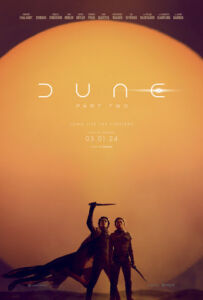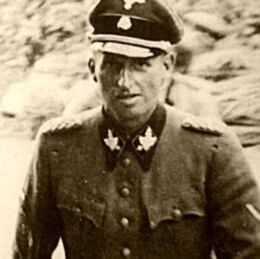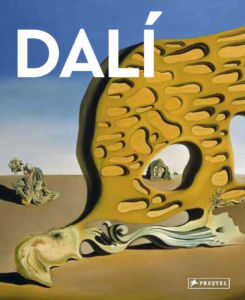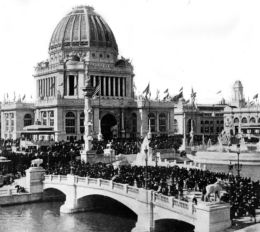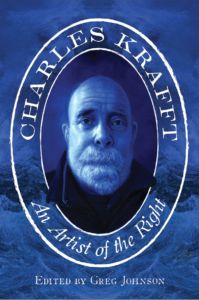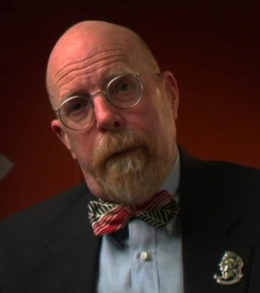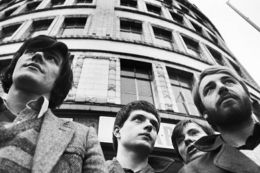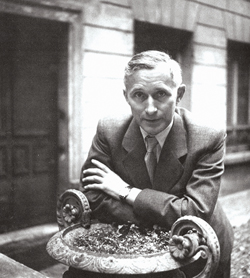
One Day Like This (2023) (From Kieron Williamson’s official website)

One Day Like This (2023) (From Kieron Williamson’s official website)
1,431 words
Of the many things in this world which I know nothing about, the one for which I wish this wasn’t the case is art. Not only do I possess zero skills in drawing, painting, or sculpting, I know next to nothing about art history, the various artistic movements, or the art world. Despite my severe lack of knowledge on the subject, I still thoroughly enjoy art. (more…)
